Using a clever laser technique, scientists have squished pairs of atoms closer together than ever before, revealing some truly mind-boggling quantum effects.
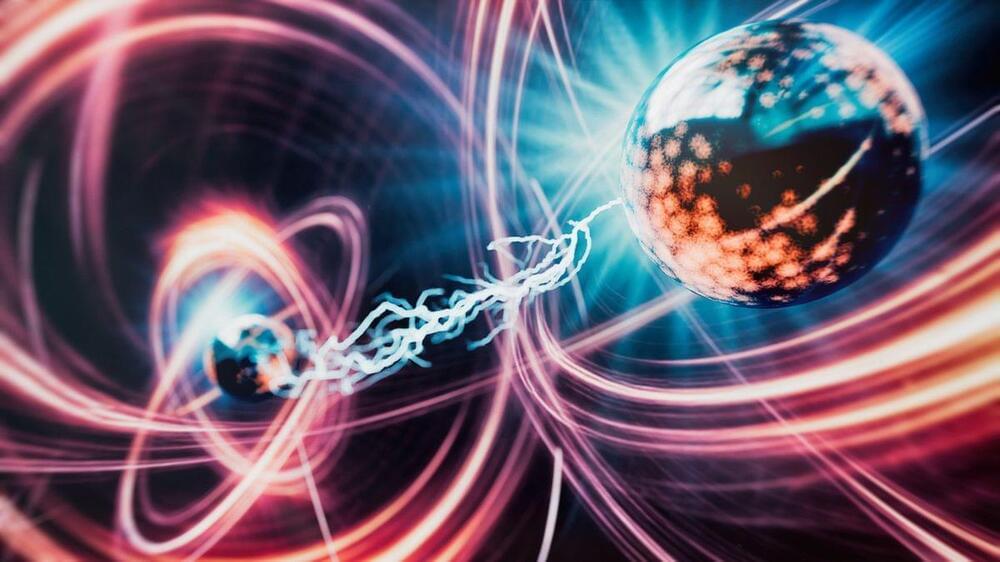

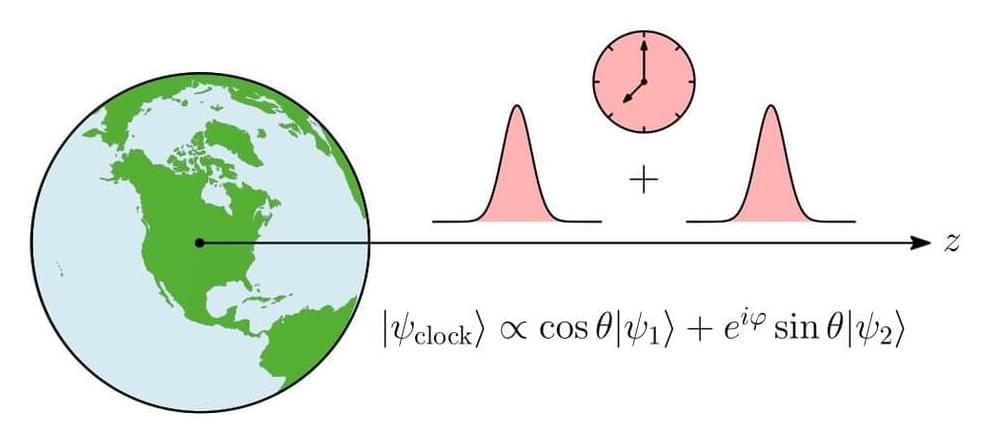
Jerzy Paczos, Kacper Dębski, Piotr T. Grochowski, Alexander R. H. Smith, and Andrzej Dragan, Quantum 8, 1338 (2024). According to relativity, the reading of an ideal clock is interpreted as the elapsed proper time along its classical trajectory through spacetime. In contrast, quantum theory allows the association of many simultaneous trajectories with a single quantum clock, each weighted appropriately. Here, we investigate how the superposition principle affects the gravitational time dilation observed by a simple clock – a decaying two-level atom. Placing such an atom in a superposition of positions enables us to analyze a quantum contribution to a classical time dilation manifest in spontaneous emission. In particular, we show that the emission rate of an atom prepared in a coherent superposition of separated wave packets in a gravitational field is different from the emission rate of an atom in a classical mixture of these packets, which gives rise to a quantum gravitational time dilation effect. We demonstrate that this nonclassical effect also manifests in a fractional frequency shift of the internal energy of the atom that is within the resolution of current atomic clocks. In addition, we show the effect of spatial coherence on the atom’s emission spectrum.
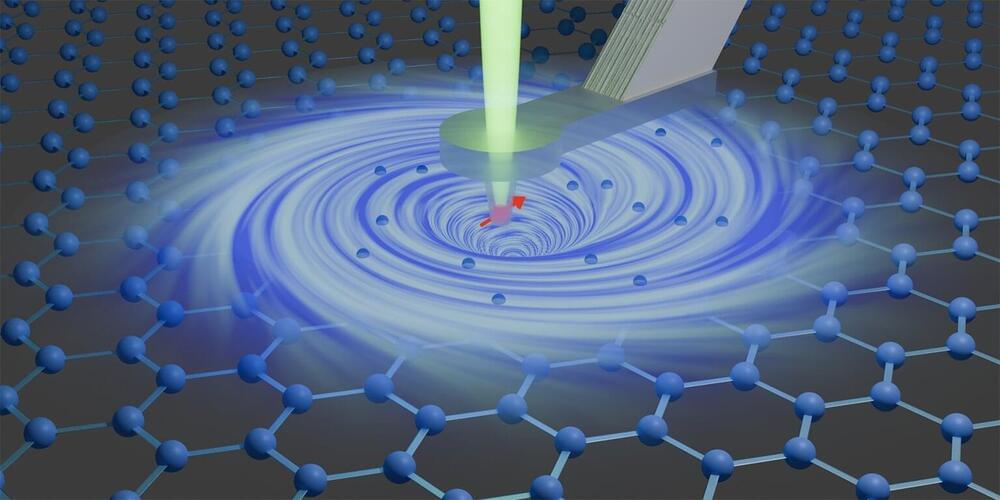
When an ordinary electrical conductor—such as a metal wire—is connected to a battery, the electrons in the conductor are accelerated by the electric field created by the battery. While moving, electrons frequently collide with impurity atoms or vacancies in the crystal lattice of the wire, and convert part of their motional energy into lattice vibrations. The energy lost in this process is converted into heat that can be felt, for example, by touching an incandescent light bulb.
Researchers have developed a revolutionary material that can help eliminate microplastics, one of the most pervasive artificial contaminants in nature, from our waterways.
Scientists at the Indian Institute of Science have created a sustainable hydrogel — a polymer-based material that can adapt its structure to its environment even after absorbing water — with a “unique intertwined polymer network” that binds the microplastics and breaks them down using UV light, the institute summarized on its website.
Hydrogels have chainlike molecules called polymers that are tightly joined like glue and can easily stick to water molecules. When particles adhere to it, the structure remains intact despite holding a lot of water.
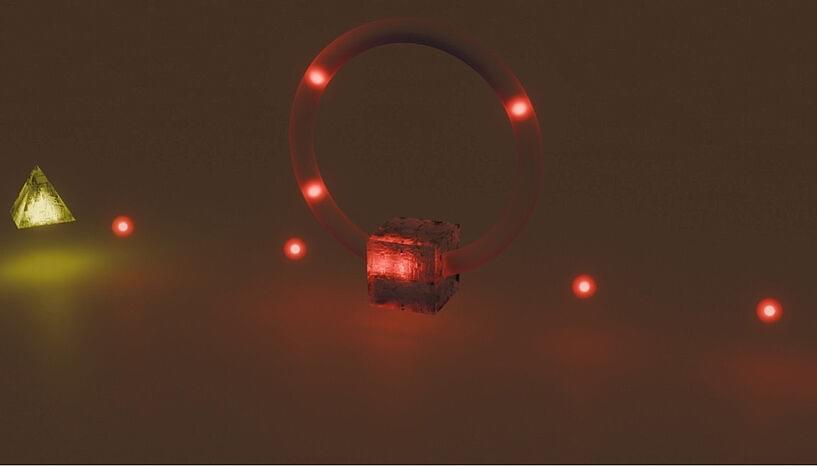
An international collaboration of researchers, led by Philip Walther at University of Vienna, have achieved a significant breakthrough in quantum technology, with the successful demonstration of quantum interference among several single photons using a novel resource-efficient platform. The work published in the journal Science Advances represents a notable advancement in optical quantum computing that paves the way for more scalable quantum technologies.
Interference among photons, a fundamental phenomenon in quantum optics, serves as a cornerstone of optical quantum computing.
It involves harnessing the properties of light, such as its wave-particle duality, to induce interference patterns, enabling the encoding and processing of quantum information.


BASEL, Switzerland — A reliable and ultra-powerful quantum computer could finally be on the horizon. Researchers from the University of Basel and the NCCR SPIN in Switzerland have made an exciting advancement in the world of quantum computing, achieving the first controllable interaction between two “hole spin qubits” inside a standard silicon transistor. This leap forward could eventually allow quantum computer chips to carry millions of qubits — a feat that would drastically scale up their processing power and potentially replace the modern computer.
First, we need to explain some of the high-tech terms involved in the new study published in Nature Physics. A qubit is the quantum equivalent of a bit, the fundamental building block of data in conventional computing. While a standard bit can be either a 0 or a 1, qubits can be both simultaneously, thanks to the principles of quantum mechanics. This allows quantum computers to handle complex calculations at speeds today’s standard computers will never achieve.
The concept of hole spin qubits might sound even more abstract. In simple terms, in the materials used for making computer chips, electrons (tiny particles with negative charge) move around, and sometimes they leave behind empty spaces or “holes.”
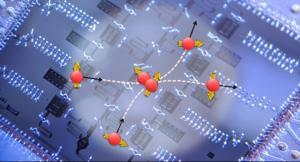
The nuclear reactions that power the stars and forge the elements emerge from the interactions of the quantum mechanical particles, protons and neutrons. Explaining these processes is one of the most challenging unsolved problems in computational physics. As the mass of the colliding nuclei grows, the resources required to model them outpace even the most powerful conventional computers. Quantum computers could perform the necessary computations. However, they currently fall short of the required number of reliable and long-lived quantum bits. This research combined conventional computers and quantum computers to significantly accelerate the prospects of solving this problem.
The Impact
The researchers successfully used the hybrid computing scheme to simulate the scattering of two neutrons. This opens a path to computing nuclear reaction rates that are difficult or impossible to measure in a laboratory. These include reaction rates that play a role in astrophysics and national security. The hybrid scheme will also aid in simulating the properties of other quantum mechanical systems. For example, it could help researchers study the scattering of electrons with quantized atomic vibrations known as phonons, a process that underlies superconductivity.

Learn more about quantum mechanics from my course on Brilliant! First 30 days are free and 20% off the annual premium subscription when you use our link ➜ https://brilliant.org/sabine.
Particle physics have conducted a test using data from the Large Hadron Collider at CERN to see if the particles in their collisions play by the rules of quantum physics — whether they have quantum entanglement. Why was this test conducted when previous tests already found that entanglement is real? Is it just nonsense or is it not nonsense? Let’s have a look.
Paper: https://arxiv.org/abs/2311.
🤓 Check out my new quiz app ➜ http://quizwithit.com/
💌 Support me on Donorbox ➜ https://donorbox.org/swtg.
📝 Transcripts and written news on Substack ➜ https://sciencewtg.substack.com/
👉 Transcript with links to references on Patreon ➜ / sabine.
📩 Free weekly science newsletter ➜ https://sabinehossenfelder.com/newsle…
👂 Audio only podcast ➜ https://open.spotify.com/show/0MkNfXl…
🔗 Join this channel to get access to perks ➜
/ @sabinehossenfelder.
🖼️ On instagram ➜ / sciencewtg.
#science #sciencenews #CERN #physics